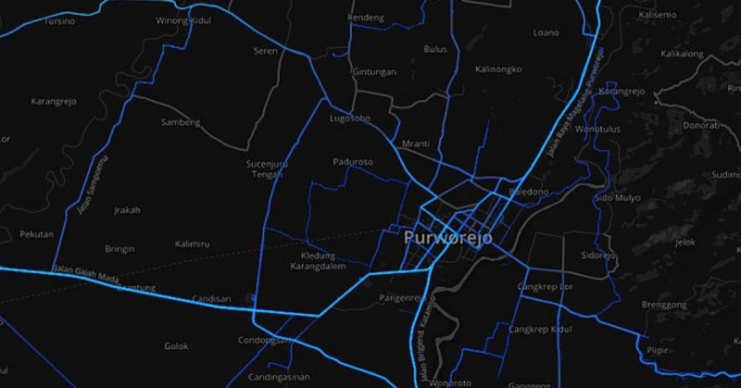The modern mania for sharing information and uploading everything, especially personal fitness goals, to the web has turned into a nightmare for many otherwise security-conscious military personnel.
It is difficult to believe that going for a run could inadvertently lead you to reveal sensitive military information about the location of military personnel and military bases, but this is precisely what has happened in many instances.
An article published in Popular Mechanics earlier this year revealed that Strava Labs had released what they termed a Heat Map. This map was designed to show where people exercised. The area in which the most people exercised showed up in bright white, fading through to yellow and brown then eventually black where no data was logged. This Heat Map was made up of billions of recorded runs made by users of products such as Fitbit and the applications on smartphones.

The map also allowed you to drill down to find the data of individual runners and to see where they ran regularly. For the average Joe in the street, this would be no problem. But when the data around known military bases was examined, it showed the names of soldiers running in and around those bases.
It could also be used to trace those soldiers back to their homes, as most runners tend to turn on their tracker as they leave home and turn it off when they return.

In addition, bright dots in countries that are almost entirely dark, such as Somalia and Afghanistan, were found to represent military personnel that the US had sent to that country. Runs that show personal best times in the recent past could indicate a soldier who was still in the base. Such information could be used by someone against that soldier’s family back home in the US.
Strava Labs is working with the military to try and overcome this issue, but the terms and conditions of using Strava Labs products are unambiguous. Once you choose to upload this information it becomes public, so the manufacturer has done nothing wrong. The fault lies with the users who either paid no attention to the terms and conditions or did not realize the risks associated with uploading their data.

Now another online tracking application, Polar, has inadvertently revealed the movements and exact locations of a host of sensitive military personnel from organizations such as the Secret Service, MI6, and the NSA.
The Dutch newspaper, De Correspondent, working in conjunction with Bellingcat, an online journalism group, logged into Polar’s ‘Polar Flow’ website and drilled down through the mountains of logged trips. In this way, they were able to identify all kinds of military personnel, including those responsible for nuclear weapons. They investigated 200 locations of a sensitive nature and were able to identify 6,460 individuals from more than 69 countries who regularly logged where they were and what they were doing through the Polar application.

Polar took down their map after the article appeared. As before, the creators of the application took partial responsibility for the problem but again emphasized that the sharing of data was the choice of the individual and the terms and conditions made it clear that uploaded data was made public.

Read another story from us: Browser Password Leads to Military Data Breach
It seems that our quest to share all and tell all through social media platforms has created some sticky security issues for the military. Not only do they have to deal with these issues, but they also have to contend with honey traps set up via Facebook, as well as people attempting to gain information they have no right to have via Twitter.
It seems that the military is going to have to spend time ensuring that stringent policies are drawn up which will guide the sharing of any information uploaded via any electronic source for all military personnel.
